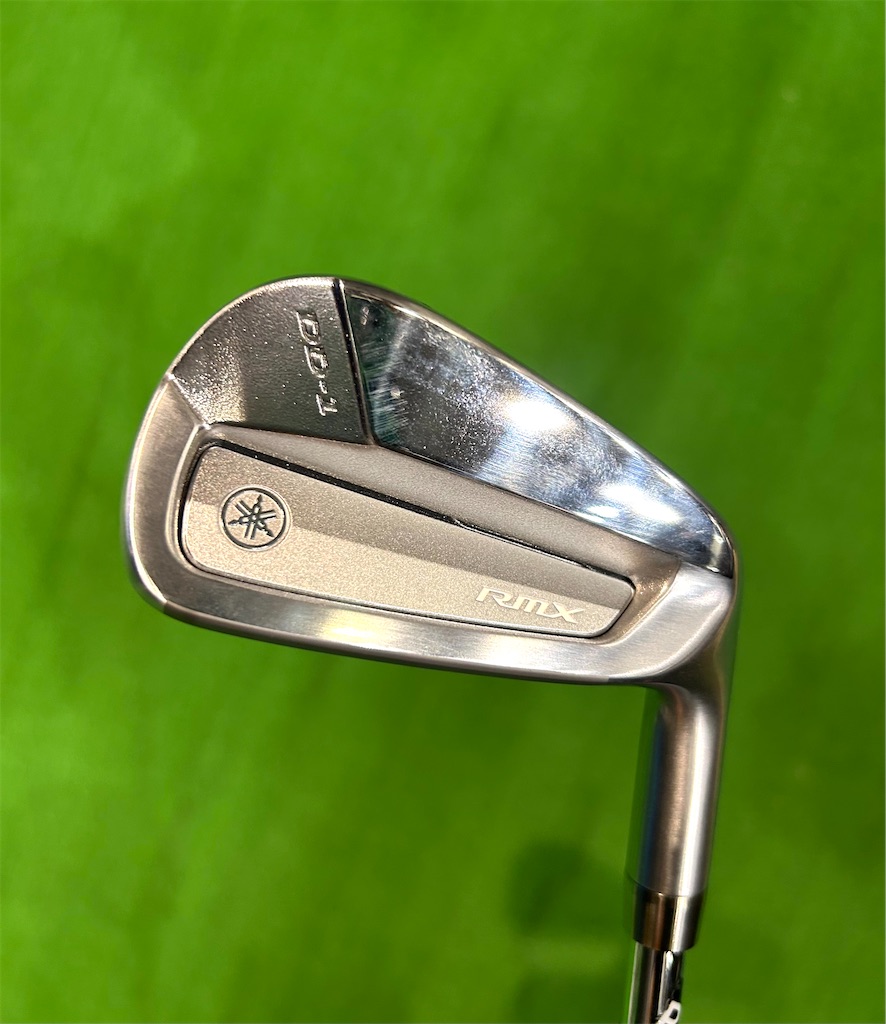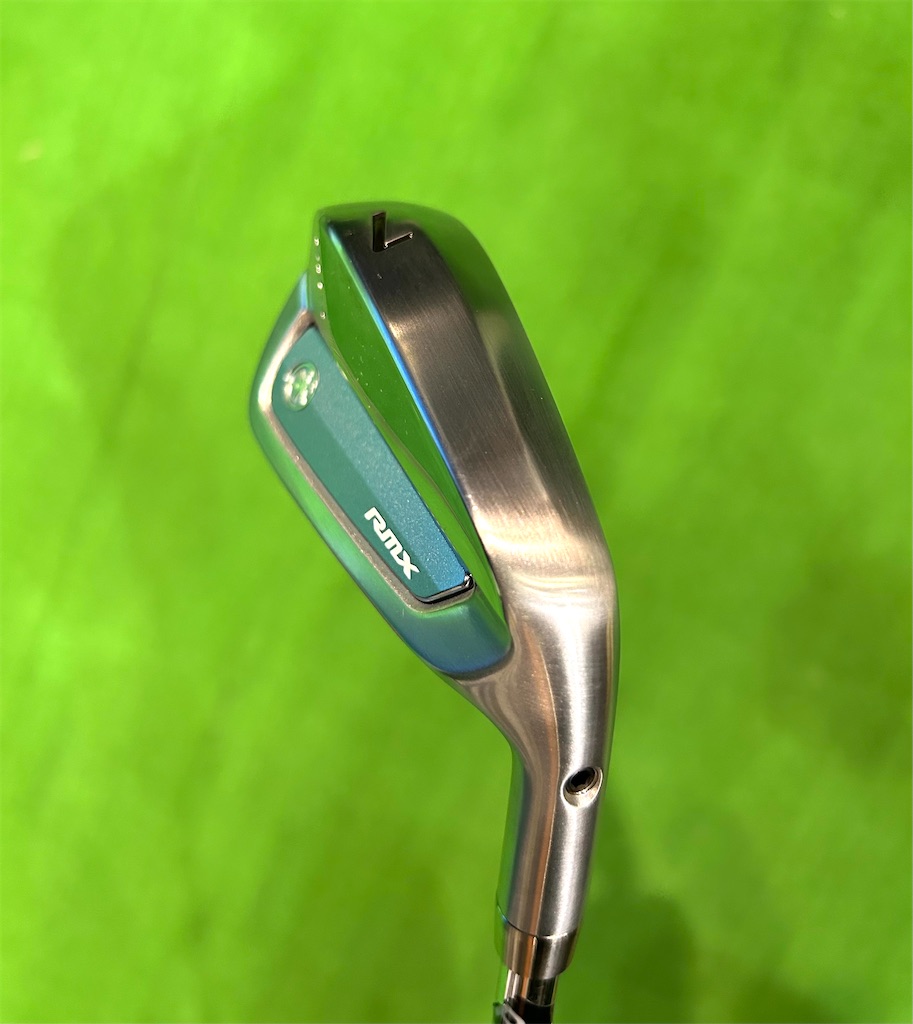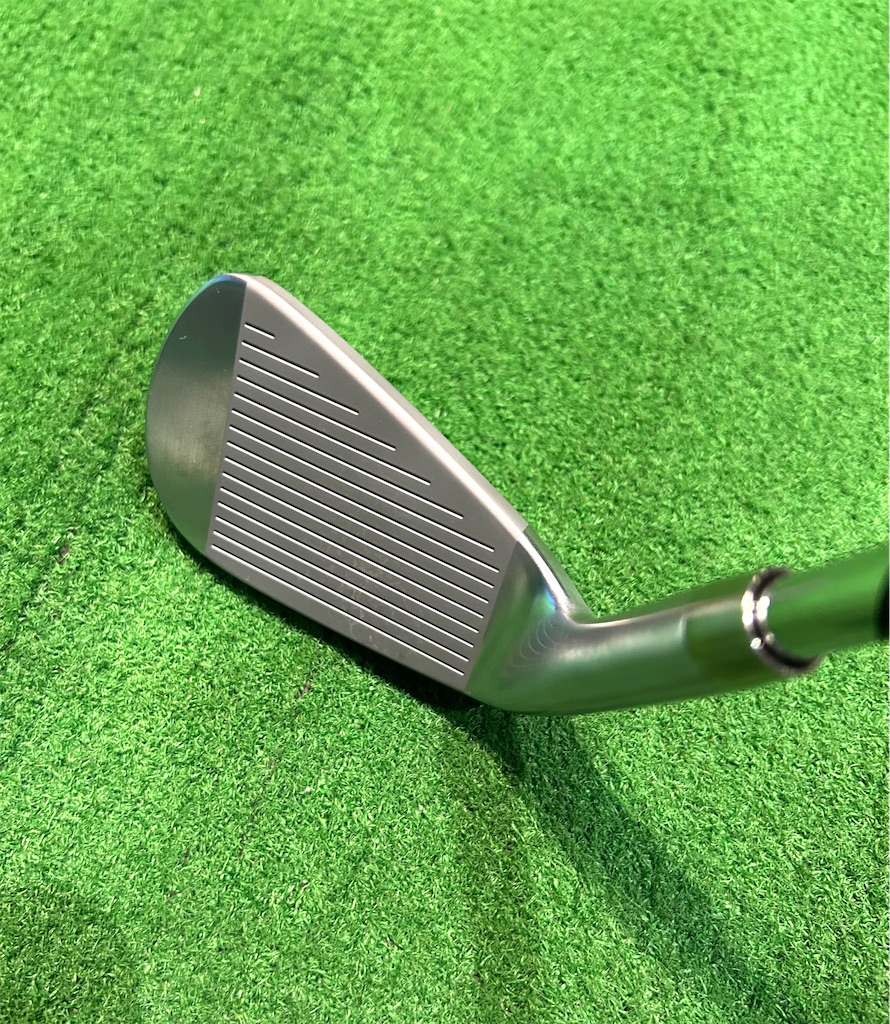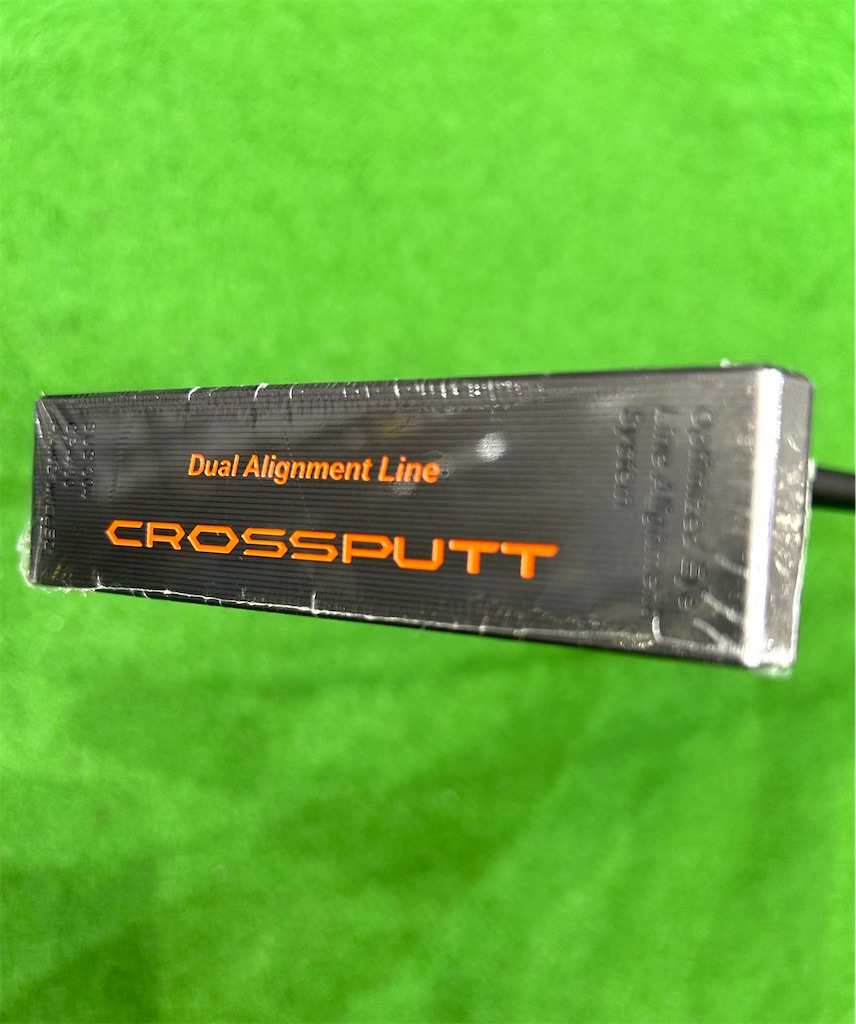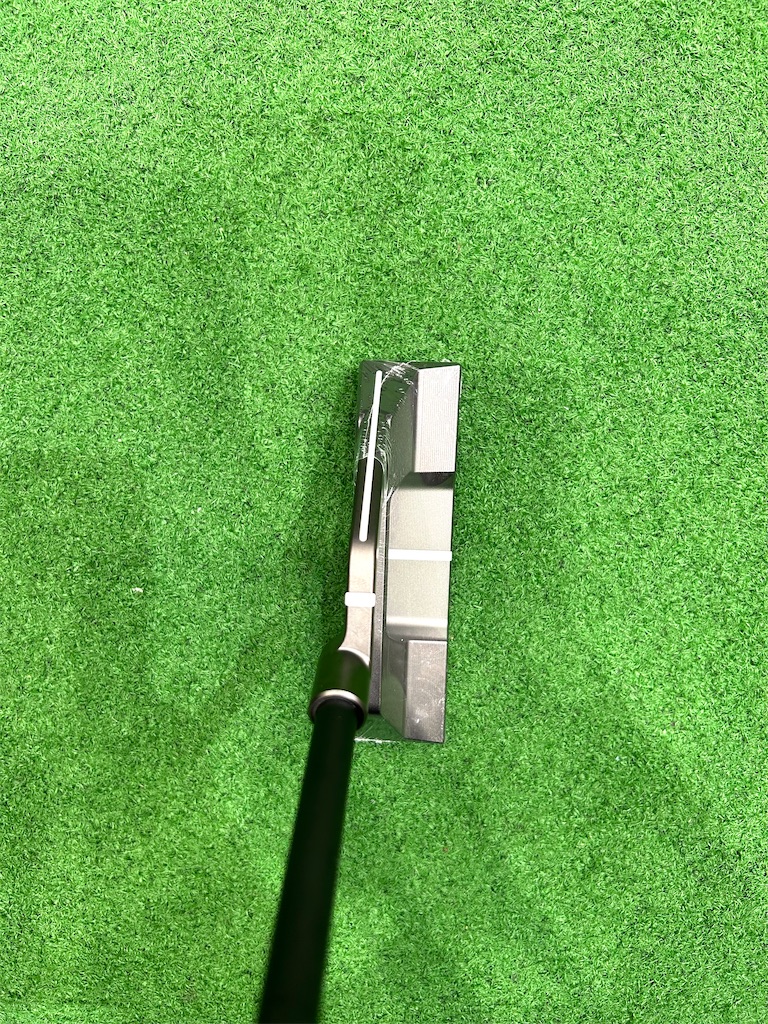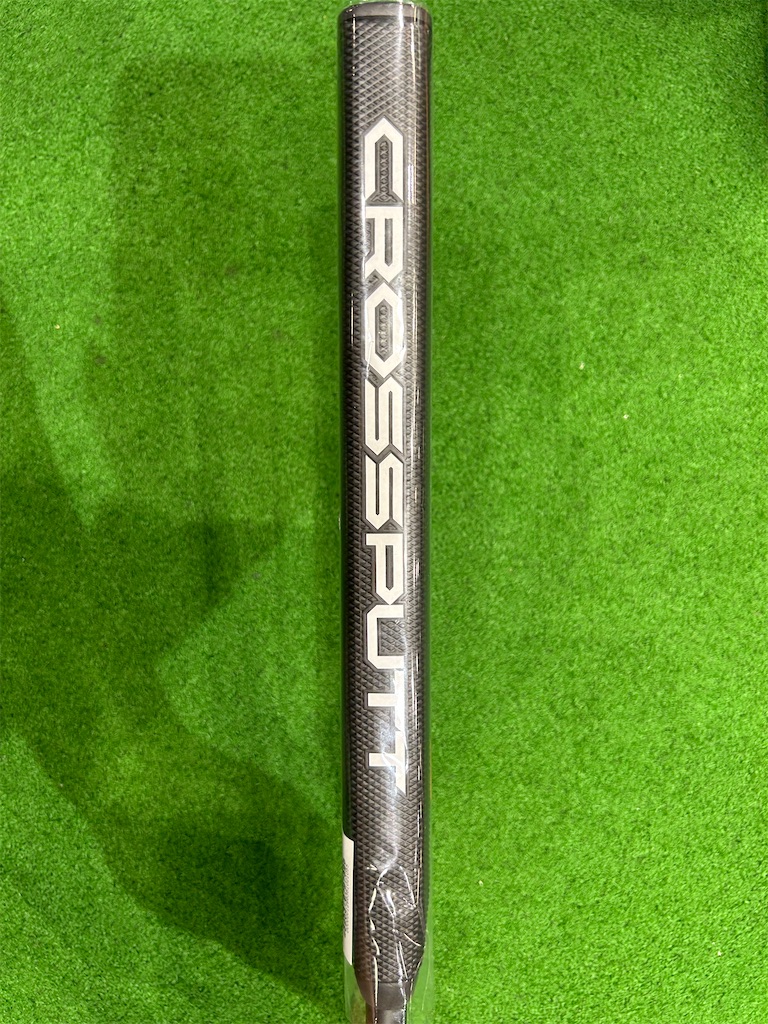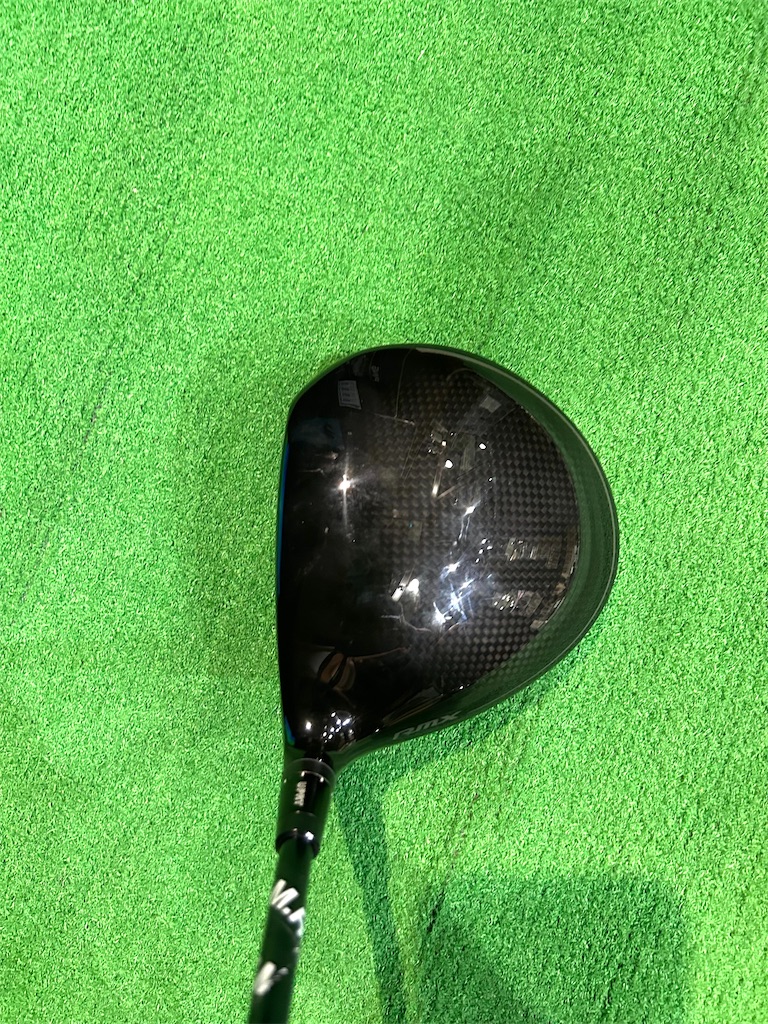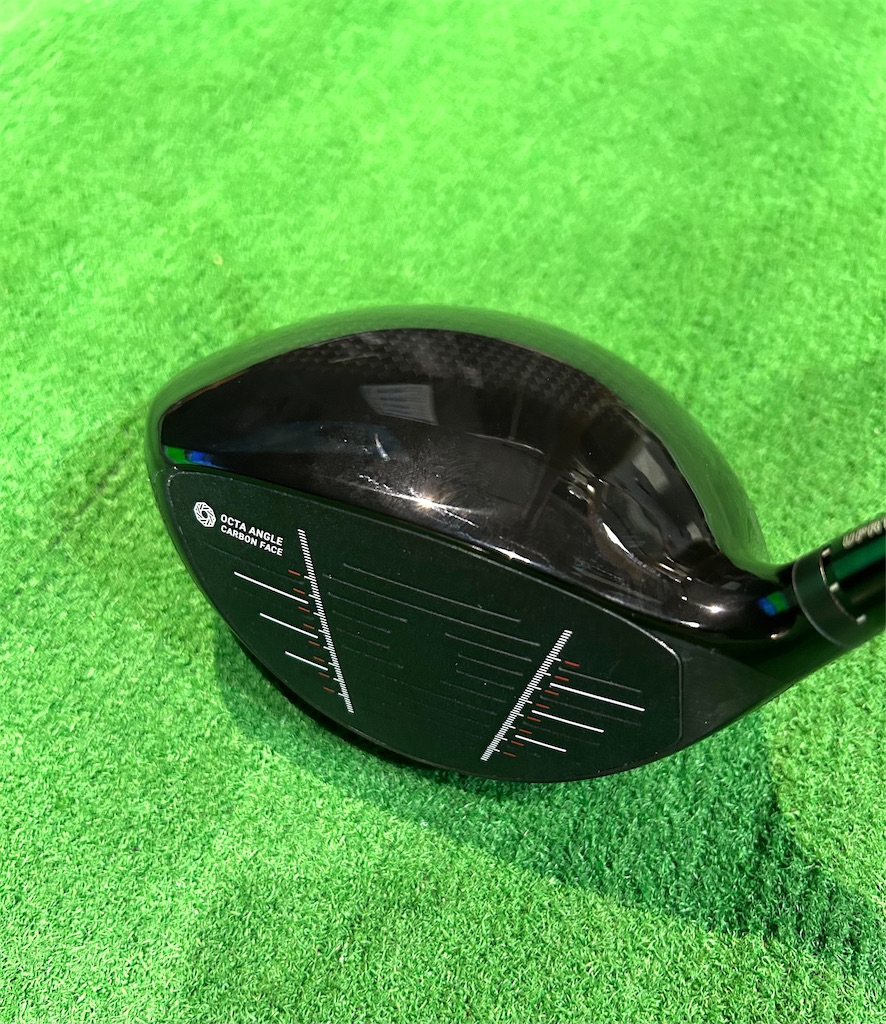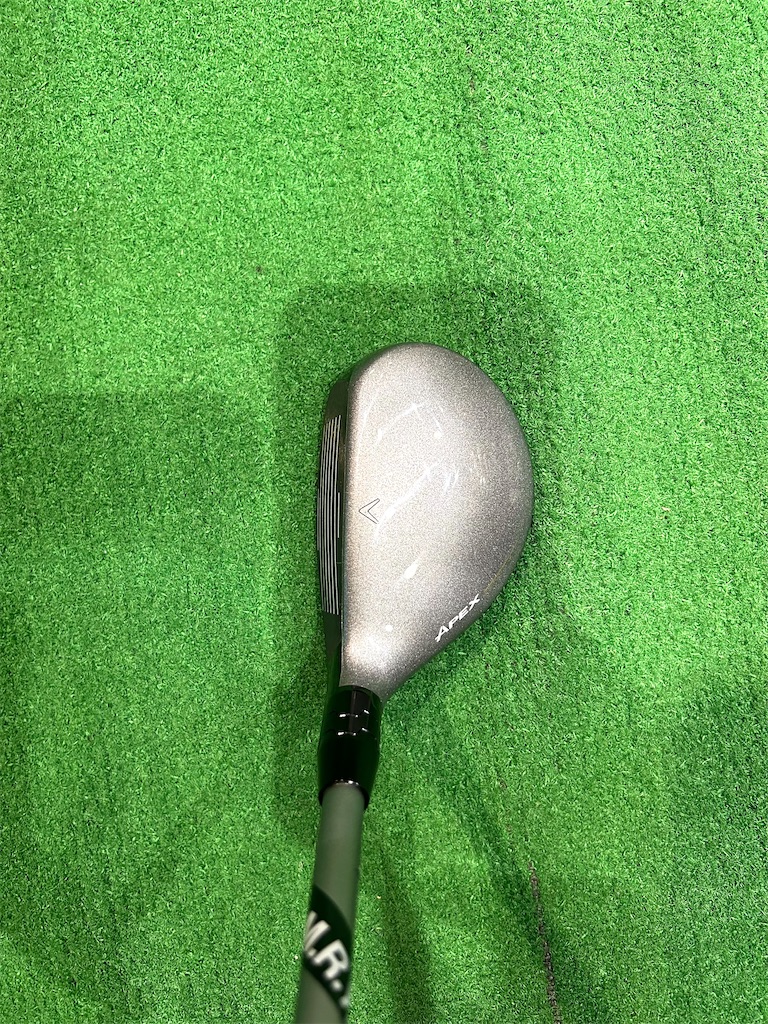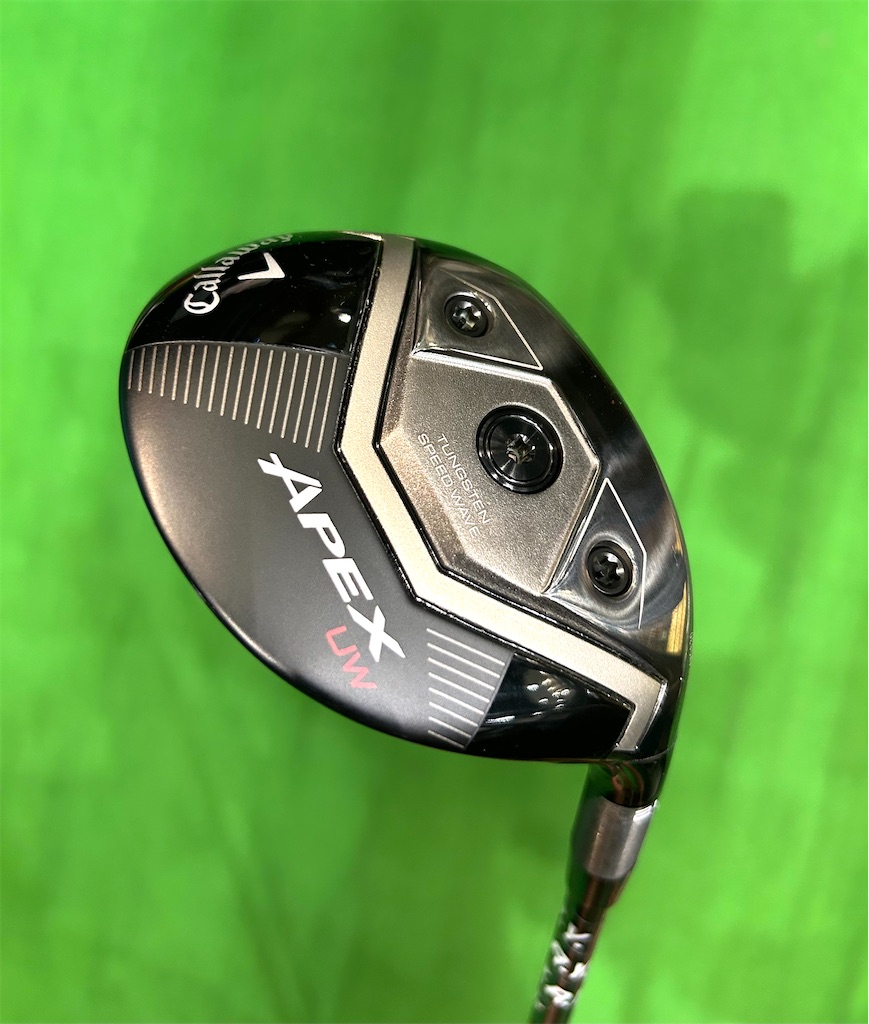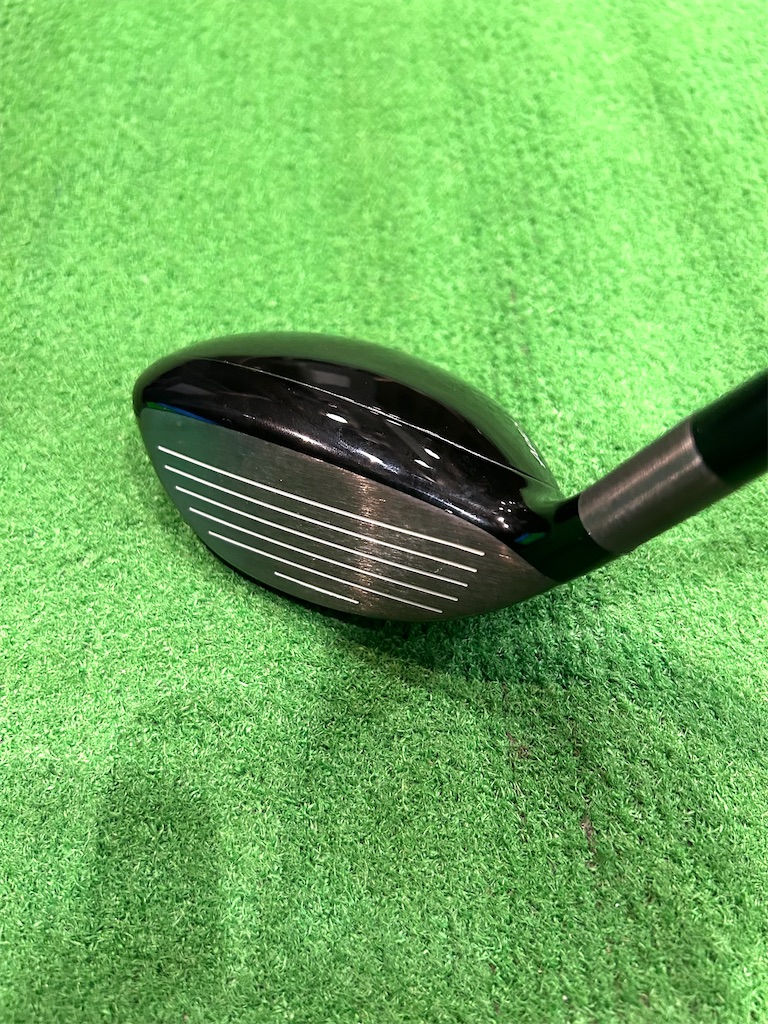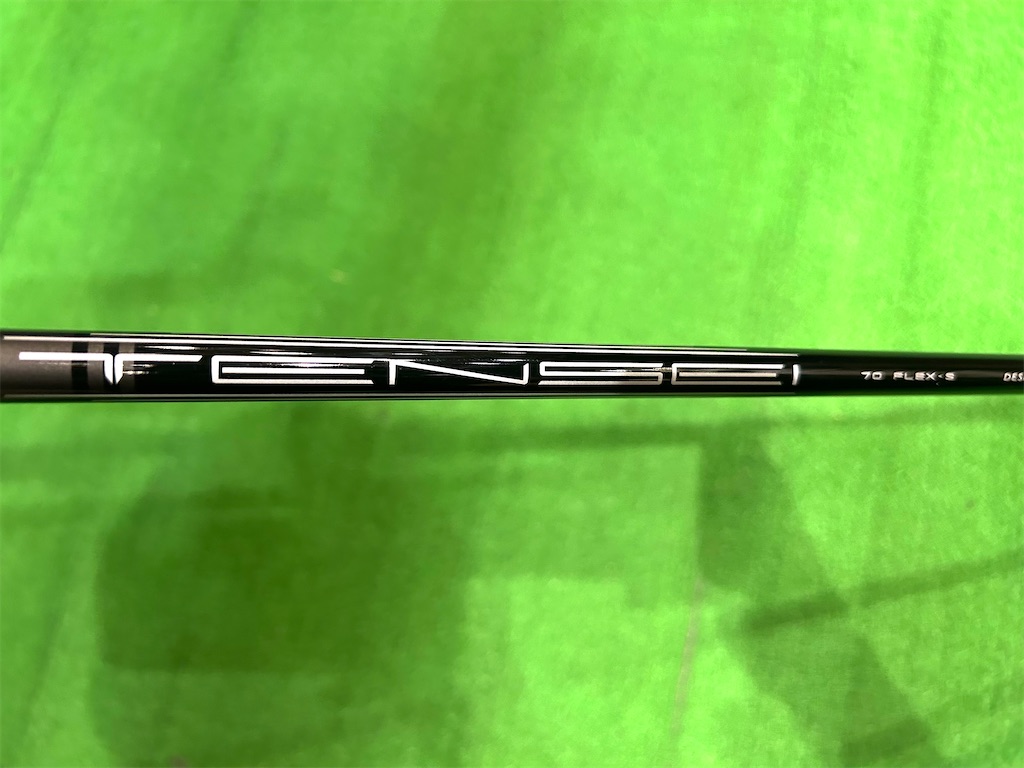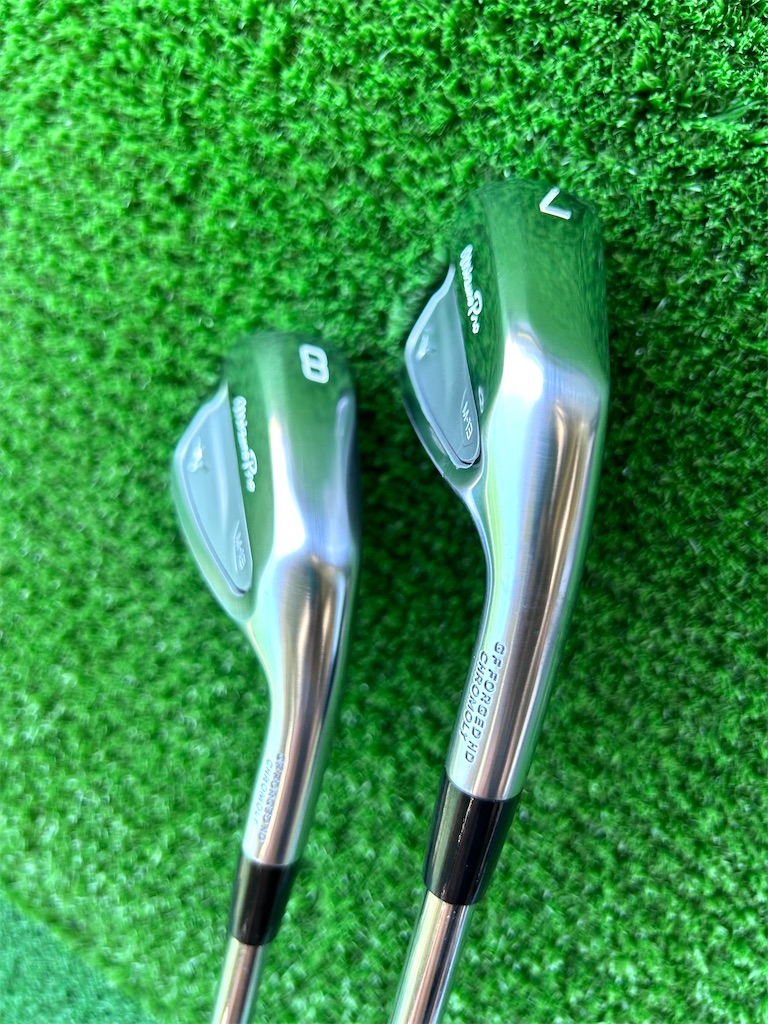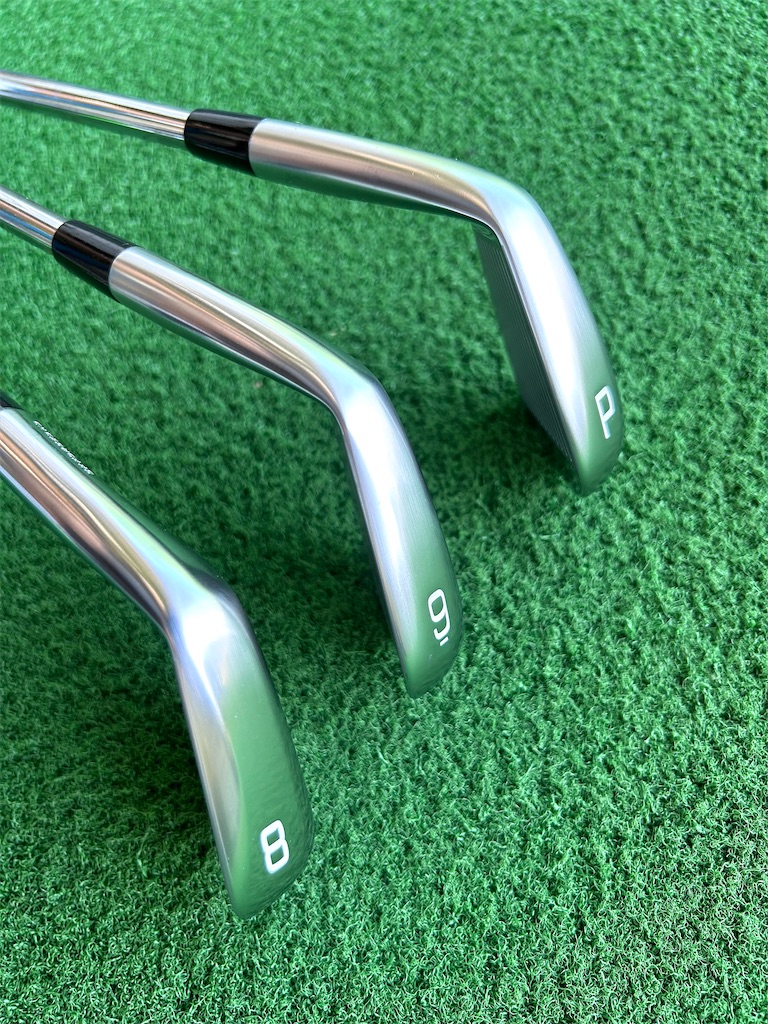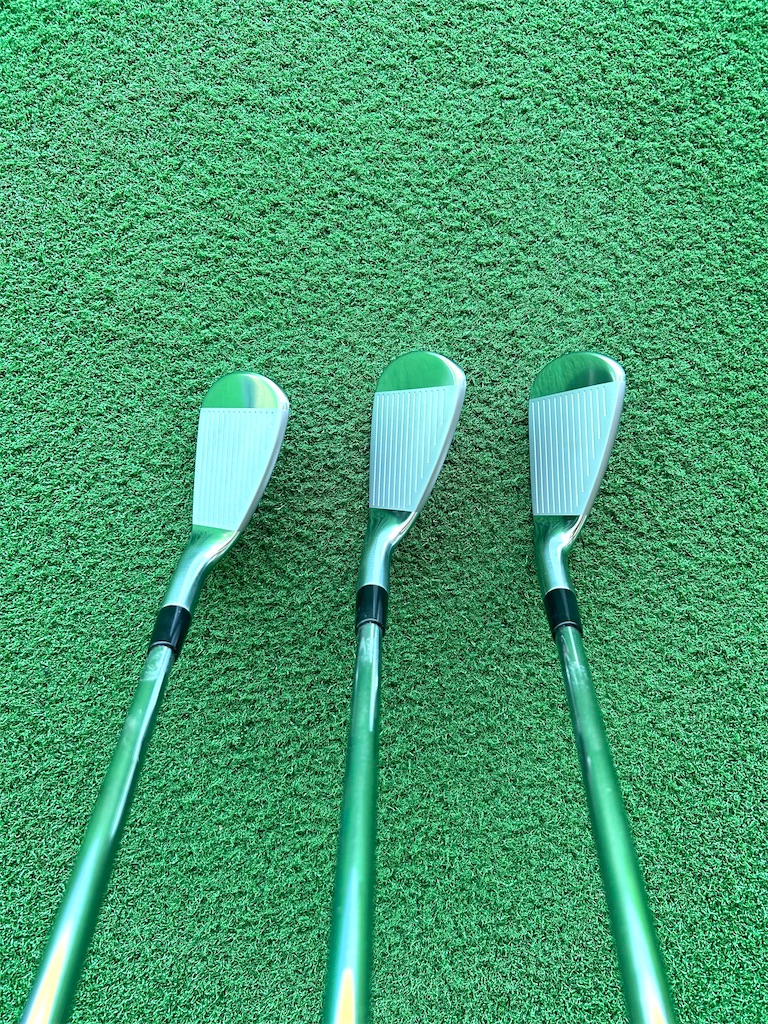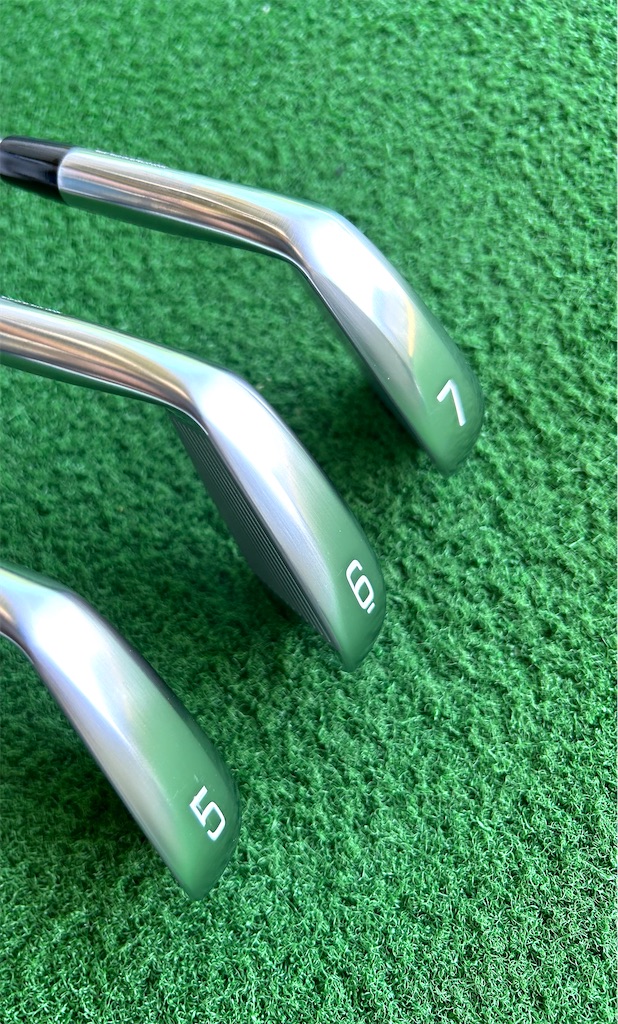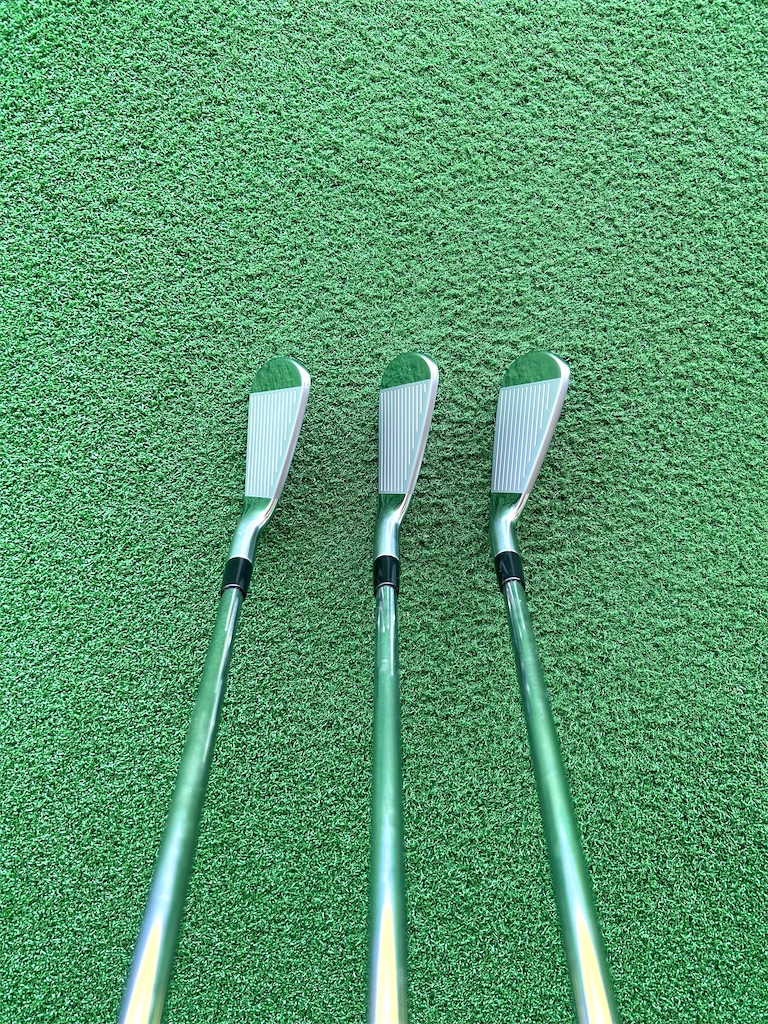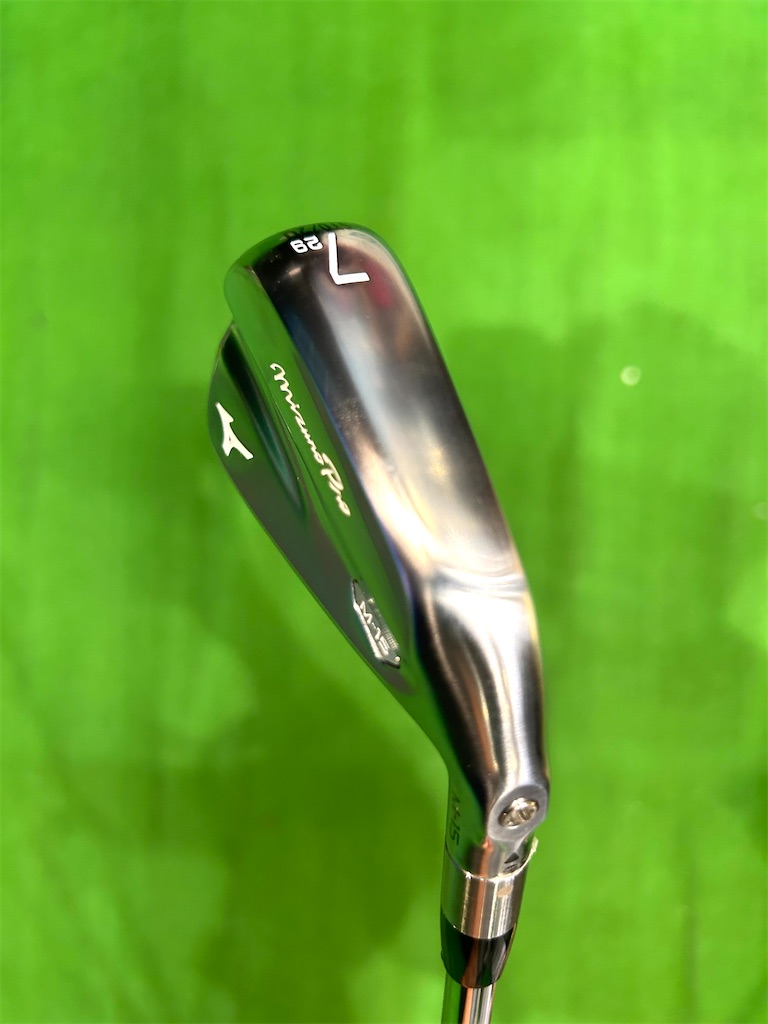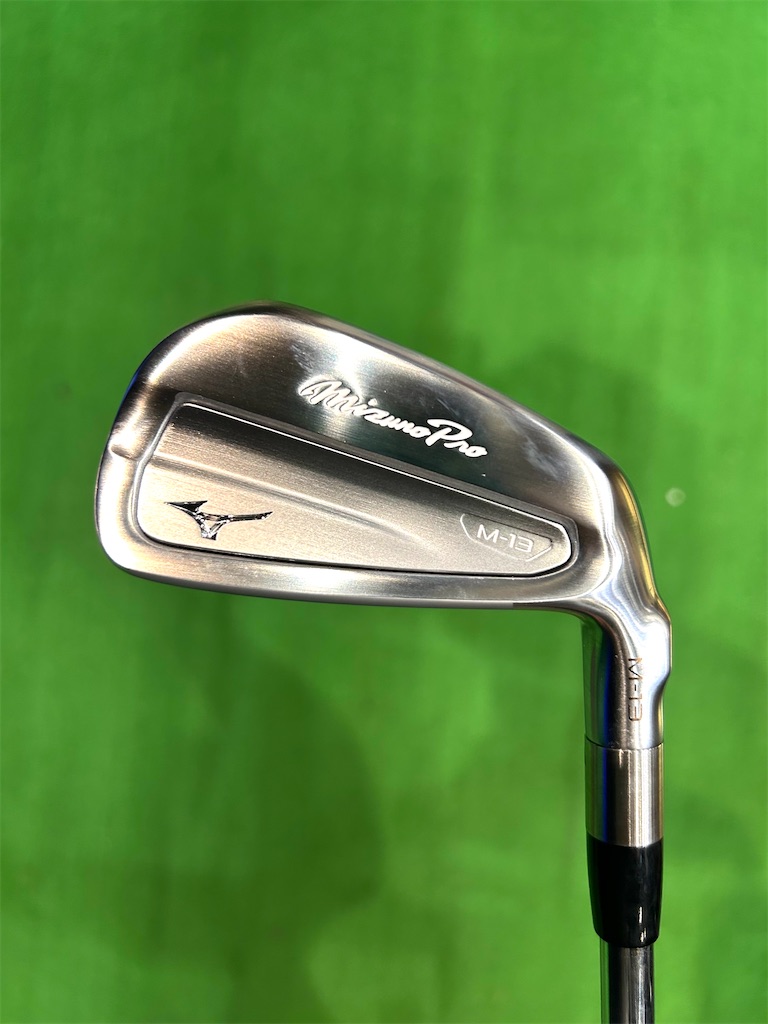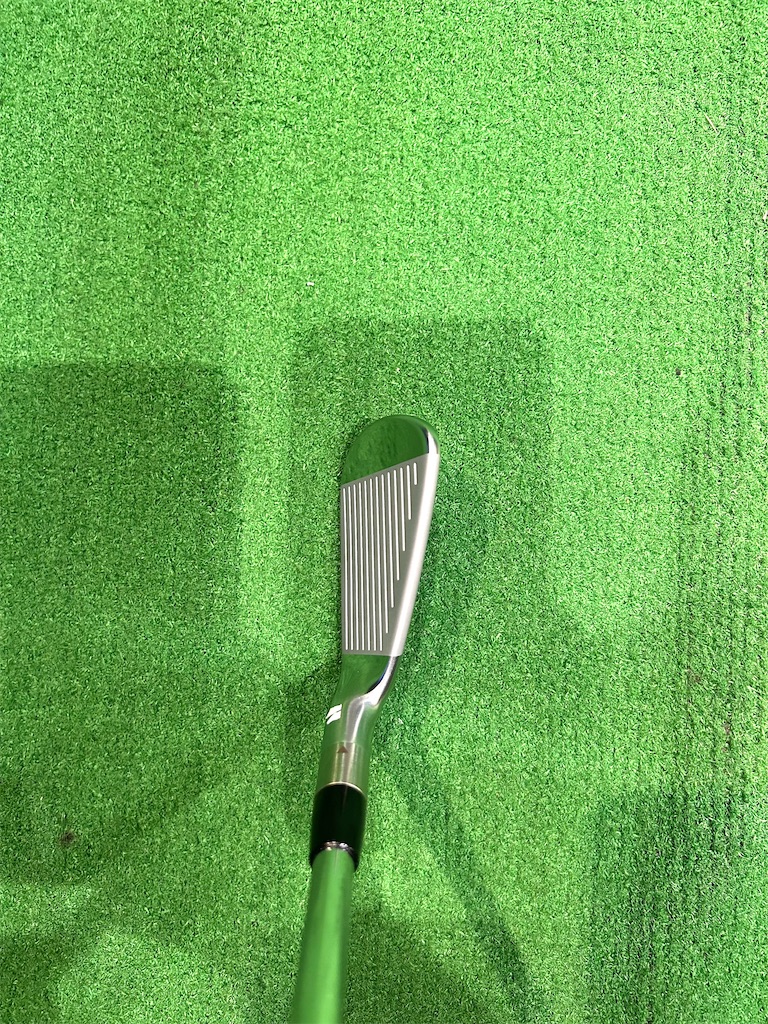The 2025 model of Graphite Design's new TOUR AD FI features a rare green color among the brand's lineup.
Although there was the Quattrotec, used by professional golfer Satoshi Kodaira, which also adopted the green color by Graphite Design, I would like to review what kind of performance the new TOUR AD FI offers.
TOUR AD FI

The TOUR AD FI inherits the technology from the TOUR AD GC shaft that suppresses twisting and collapsing, leading to a high rate of solid contact and increased ball speed. In line with the trend of low center of gravity and low-spin heads, it is equipped with a “Tornado Tip Technology,” which reinforces the shaft tip using specialized techniques, allowing for a design that can aim for fairways with high launch without losing initial speed.
When actually hitting, the overall movement of the shaft is mild, with minimal tip movement, making stable impacts feel easier to achieve. During testing, the movement was so minimal that it was hard to notice any bend, making it easy to time the shot near the grip end.
The TOUR AD FI is recommended for users who prefer a mid or grip-end kick point. Personally, I felt that the shaft's behavior is similar to the TOUR AD VF from two models back. While the VF is a model where a draw ball can be hit easily due to tip movement, the FI has a stiff tip with a fade bias, but the flex and feel near the grip are very similar.
TOUR AD FI 60 (S)

Test club: Srixon ZXi LS Driver
Weight: 66g Torque: 3.2
The TOUR AD FI 60S has a solid feel, and compared to other 60S shafts, it has slightly lower torque, making it a somewhat stiffer specification. When actually hitting, it has a mild flex around the middle, making it easy to time the swing, and since the shaft moves slowly towards impact, it feels easier to strike the ball.The TOUR AD FI is not a shaft that moves quickly, so I think it is a shaft with stability and no unnecessary movement.
TOUR AD FI 70 (S)

Shaft specifications:Weight: 75g Torque: 2.9
The TOUR AD FI 70S keeps the feel of the 60S, but its slightly lower torque gives it a more tightly controlled specification. It has a weighty and responsive feel, and for powerful users, the added weight provides stability, leading to shots that are less likely to curve. When paired with a driver, it becomes a heavier shaft specification, but when combined with a fairway wood, it may allow stable impact from the ground. Please give it a try sometime!
